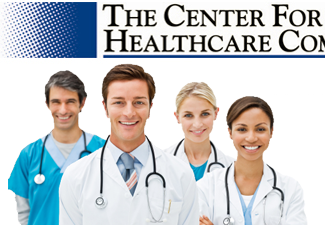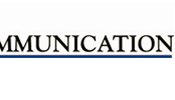

|
|
| Learn what to say... and what NEVER to say! |
|
|
Our PIE Model of Communication
|
Healthcare Professionals Communicating with Patients Through Email By Edward Leigh, MA Email is now a standard part of our lives. We use email in the workplace to communicate with colleagues. We use email at home to correspond with family and friends. Today, many healthcare professionals communicate with patients through email. This method of communication has many advantages, but there are some critical rules that need to be followed. Traditional types of healthcare-patient communication are in-person meetings and written information. New technology adds another form of communication, that is, via email and the Internet. There are multiple advantages to embracing new technology:
However, all of the new technology must be tempered with patient confidentiality and a right to privacy. The American Medical Association's has developed guidelines for physician-patient electronic communications. This is a link to the guidelines: http://tinyurl.com/b9o3un Many healthcare professionals are concerned this new technology will take up much of their time, however in many ways, this new method of communicating may ultimately save a lot of time. |
The Center for Healthcare Communication • P.O. Box 18819 • Cleveland, Ohio 44118-0819 USA Site designed by I Am Orange Media Group |